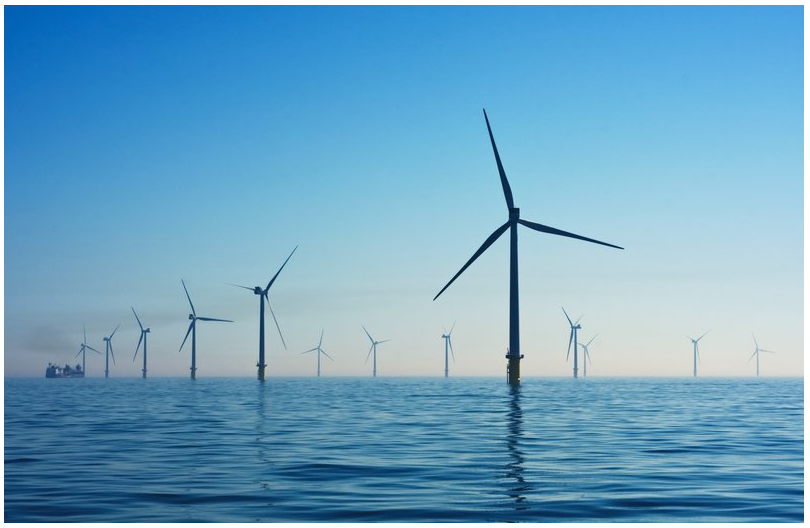
Siemens Energy, alongside several international companies, lead by HIF, is developing and implementing the world’s first integrated and commercial large-scale plant for the production of climate-neutral e-fuel. Introducing the Haru Oni project (Highly Innovative fuels (HIF) pilot project), which is harnessing the strong and steady winds in the Magallanes, Chile’s southernmost region.
Why?
By channeling these powerful winds, we’re making good use of natural resources and exporting renewable energy in the form of liquid fuels. These e-fuels will be a big step towards the decarbonization of the transport sector.
The impact?
In the pilot phase, e-Methanol production will initially reach around 750.000 liters per year by 2022. Part of the e-Methanol will be converted to e-Gasoline (130.000 liters per year). In two steps, capacity is planned to be increased to 55 million liters e-Gasoline per year by 2024 and to over 550 million liters per year by 2026.
We’re committed to sustainability, and this project is one of many important steps we’re taking to decarbonize society. With Haru Oni’s focus on producing e-fuels (which will be supplied to Europe and other regions), we’re making promising strides to achieve the Green Deal.
The Green Deal is a commitment hailed from the European Commission to raise the EU’s climate target for 2030 that would lead to Europe being the first climate-neutral continent in 2050. The transport and industry sectors are together responsible for 45% of the world’s CO₂-emissions. However, in these sectors, renewable energy sources have only reduced emissions by less than 8%.
Decarbonizing transport and industry is more complex and costly compared with the power sector. This is why the EU is now also gradually including road traffic and the building sector in the emissions trading scheme. In addition, the Commission plans to significantly tighten the CO₂ fleet limits for passenger cars.
This is also exactly where – in combination with electrification – fuels generated from renewable sources will come into play – one important application of Power-to-X.
Power-to-X means, electricity is converted – preferably from renewable energy sources – to hydrogen or to hydrogen-based synthetic fuels and feedstock, which will then be applied in several sectors.
Source: Siemens Energy
Read the most up to date Fuel Cell and Hydrogen Industry news at FuelCellsWorks




